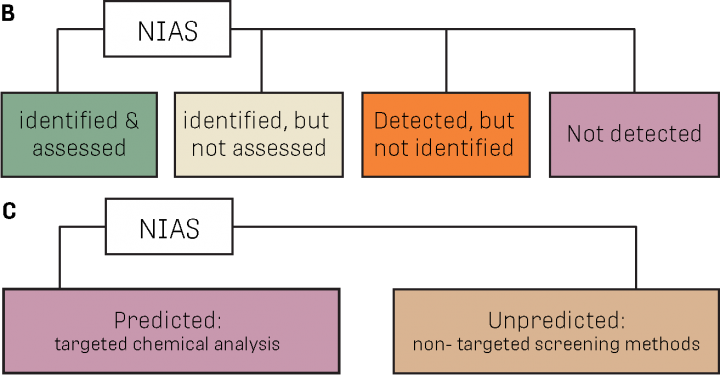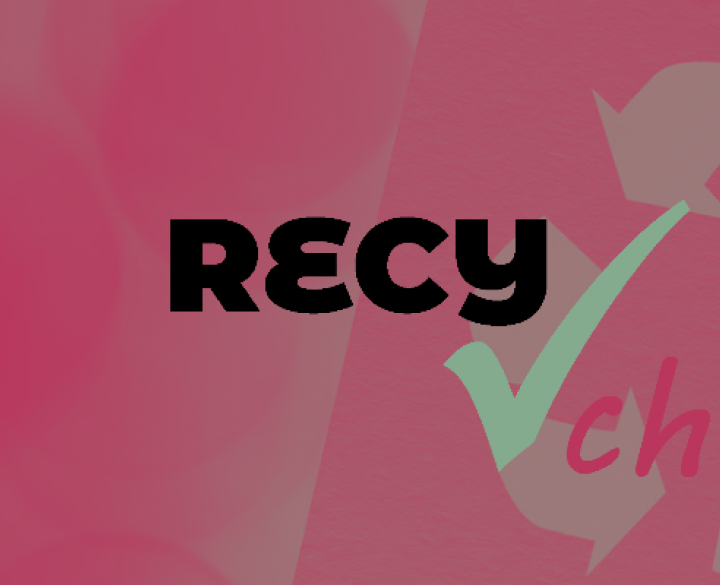Composition of recycled textile and polymer materials
Determination of contaminants and non-intentionally added substances
The European Commission (EC) has defined plastics, packaging, and textiles as priority sectors in the context of the Circular Economy and formulated objectives to facilitate their recycling, e.g., all plastic packaging must be recyclable by 2030 and textile waste must be separately collected by 2025 (Waste directive).
However, during the recycling of polymers (raw material for plastics and as textile products) contaminants can be entrapped and/or additional contaminants can be generated, so called NIAS (non-intentionally added substances), that can have a negative effect on the processability or on the properties of the products that are realized with these recyclates.
This hinders companies from making products based on recycled materials. Because the contaminants are generally unknown, it is also unknown what effect they have on the environment and humans. Thorough characterisation, in particular detection, identification, concentration, and toxicity, should allow companies to convince companies that recycled plastics are suitable for their end products and that they are safe for their employees, their customers, the consumer.
This pre-standard study focuses on the analysis of contaminants in recycled polymer material from textile and plastic products (including packaging). We are convinced that a standardized method will give a boost to the circular economy and promote the competitiveness of companies.
The compositional analysis of 'virgin' materials is based on known additives/contaminants. With recycled materials, the composition is also influenced by their history – which is not always known. Recyclates are also often mixtures of materials of different origin, which makes the analysis very complex.

NIAS (Non-Intentionally Added Substances) are all substances that are not (consciously) added for technical reasons during the polymer production process. They have different sources and can be grouped into side products, degradation products and contaminants.
Since many materials have a high chemical complexity, a complete characterization of all NIAS is currently unrealistic. It is therefore a challenge to identify the NIAS that may be of interest. Although more and more NIAS are identified over time, not all of these known substances have yet been assessed for risk. Other NIAS may have been detected by chemical analysis, but their structures remain unknown; therefore, no conclusions about safety can be drawn.

The last group of NIAS are those substances that remain completely under the radar, because they are not detected by any of the applied analytical methods.
NIAS can be predicted based on knowledge of chemical processes, experience of the manufacturer and conditions of use. Such substances can then be identified and quantified by targeted chemical analyses. However, many other NIAS cannot be predicted at this time. They can either be detected by non-targeted screening methods or remain completely unknown.
The aim of the RECYCHECK-project is to develop a test method based on the targeted contaminants. In order to work out this test method properly, it is necessary to divide it into different parts, where both homogenisation of the sample and the selection of the best suitable analysis device are important steps.
Target group
- Recycling companies
- Polymer producers and compounding companies
- Textile producers
- Plastic converters
- Others
Participation
Free of charge





